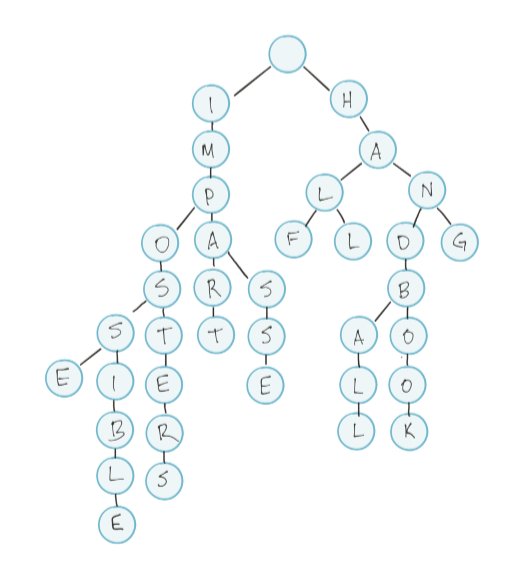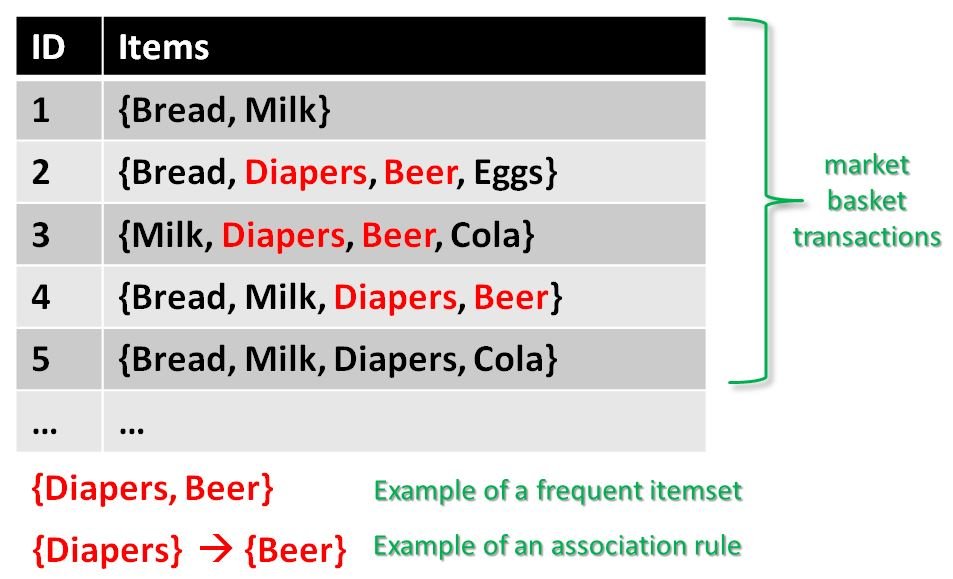
✨🧠 Building @GoogleAI for everyone, and for every platform. There has never been a more exciting time to be a compiler nerd who is into machine learning. 👩💻
How to get URL link on X (Twitter) App


 ✨🧠
✨🧠


 (2) Use small, random batches to train rather than the entire dataset.
(2) Use small, random batches to train rather than the entire dataset.
